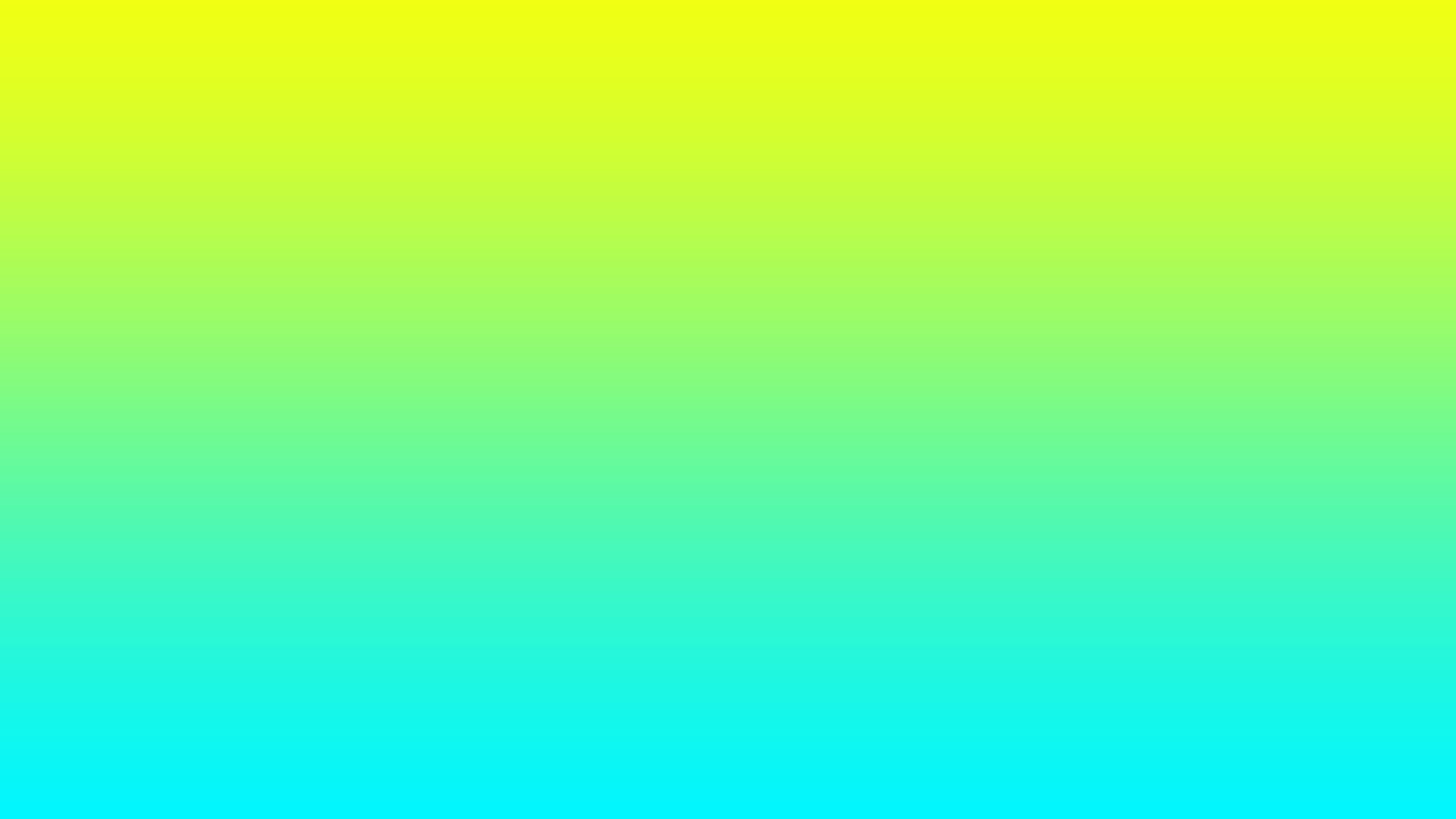
ABOUT
Alison Goodyear is an artist, producer, researcher (PhD 2017, UAL), and educator based in the UK. Her early art practice involved working as an abstract painter, using paint on canvas. This practice has evolved into what can be better described as working on painting and drawing in the expanded field, testing what it is we understand as painting and drawing today.
This development came about through a residency at Vertigo VR, an entertainment and gaming centre based in Milton Keynes, UK. It was here Goodyear first began experimenting with Tilt Brush software to produce virtual abstract paintings. These experiments led to the development of a body of physical and virtual work, which was exhibited as an installation called Paint Park at MK Gallery Project Space during February 2020, for which Goodyear successfully secured funding and generous support from Arts Council England (twice), MK Gallery, University of Northampton, Hewlett Packard, HTC Vive, Google Tilt Brush and Vertigo VR.
Following this line of enquiry, as well as painting experimental physical abstract paintings and drawings, Goodyear now makes virtual abstract paintings and drawings, animated moving image films, 360° films and VR/AR immersive encounters for headsets and installation, as well as directing collaborative expanded-painting projects that aim to cross physical and virtual frontiers. These works are starting to be accompanied by musical scores that Goodyear records using analogue instruments, sound recordings, along with digital instruments including a Roli Seaboard Block and Moog Theremini.
One of the results of making these virtual abstract works, is that they effectively evolve into three-dimensional new-worlds. Consequently, Goodyear sees these artworks as subverting the classical understanding of landscape/painting/drawing, and our collective place within it. Through their virtual immersive qualities, they test the idea of ‘painting and drawing as place’, and what that might mean for us both as the artist/maker/producer, and the viewer/participant/contributor.
These questions inform Goodyear's work, ultimately exploring the possibilities of how an artwork might intervene in the ‘normal’ regime of vision, whilst exploring questions on materiality and process. The relationship of beholder to artwork is addressed by toying with the viewing experience, whether that is achieved through using physical materials like canvas, ink, charcoal, graphite, paint, and photographs of physical paint palettes, by working digitally to produce virtual abstract paintings, or by combining both in phygital approaches. These different ways of making, as well as chronicling process within process, explore polarities; of the intentional and unintentional, digital with physical, production with reproduction, and what might be described as ‘authentic’ with ‘inauthentic’. And, during 2022 to 2023, this work has been funded through the prestigious award of the Pollock-Krasner Foundation grant.
This painting practice connects with Goodyear’s research as evolved from her practice led PhD research, completed at Camberwell, Chelsea, Wimbledon Graduate School, University of the Arts London (2017), supervised by Professor Malcolm Quinn and Professor Daniel Sturgis. This research examines the threshold between aesthetic and banal absorption in painter to painting relationships, drawing on the theories of Denis Diderot, Michael Fried and David Joselit. It achieves this through a collaborative address to and from painting practice.